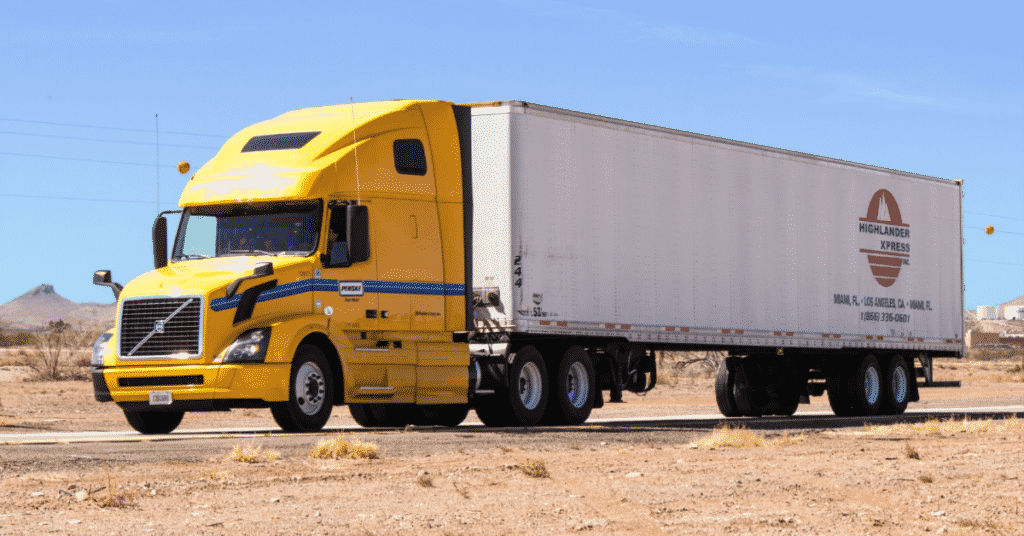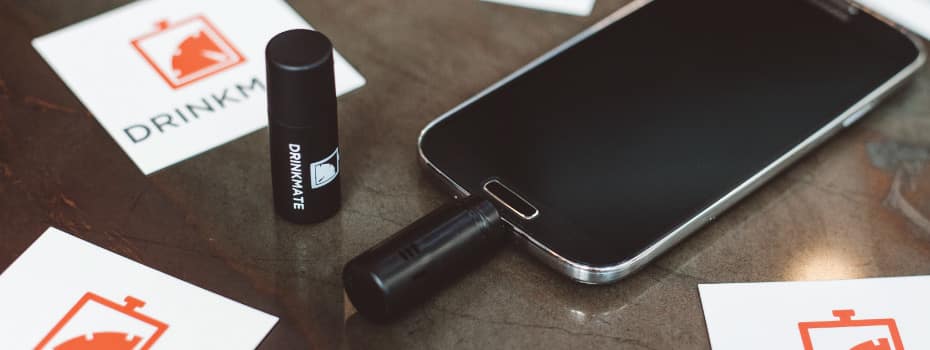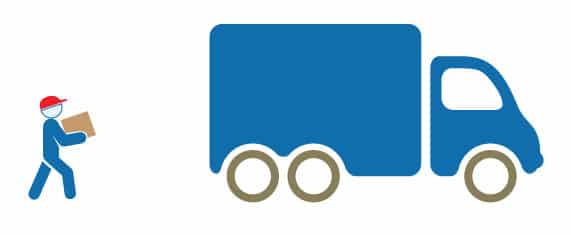Every consumer good that you enjoy relies on a complex global supply chain. Integral to that supply chain are warehouses, like our own, which bring goods in and send goods out. We talk a lot about order fulfillment – the process by which goods are sent out. Today, we’re going to talk about warehouse receiving – the process by which goods are brought in!
Warehouse receiving involves a few different processes. We’re going to show you how they work with real photos that our clients allowed us to use online. Before we get to that, here’s a brief overview, using BizFluent’s simple outline:
- Identify the shipment. We make sure we’re receiving the right goods!
- Product count. We unload the inventory and count the amount of crates and boxes to make sure it matches the ASN.
- Product inspection. We check for damage in transit.
- Receiving documentation. We fill out paperwork and sync our data with our clients’ data.
We could opine for hours on the specifics of how warehouse receiving works in terms of business process. Similarly, we could talk at length about precisely what flow of information makes it possible to coordinate something as complicated as receiving a freight shipment. In all truth, though, warehouse receiving is better shown than written. Get ready for a lot of pictures!
Need help fulfilling orders for your business?
Request your quote today.
How We Prepare for Warehouse Receiving
A journey of a million miles begins, as one may expect, with paperwork. It would be absolute chaos if we were receiving large shipments of items all day, every day at random times. For that reason, all clients must fill out an Advance Shipping Notice to notify us of incoming shipments. Clients fill this out in their Client Dashboard and it looks like this…
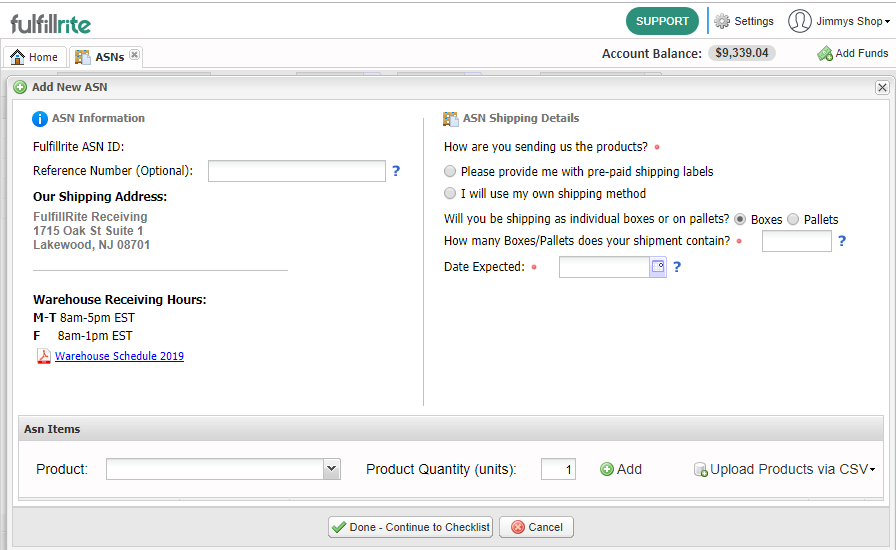
As you can see, we don’t need a lot of information. We need to make sure the inventory arrives during our warehouse shipping hours and meets other basic requirements. Beyond that, all we need to know is the number of boxes and pallets, the expected date, and the items on board. We take care of the rest!
The Inventory Arrives and Warehouse Receiving Begins
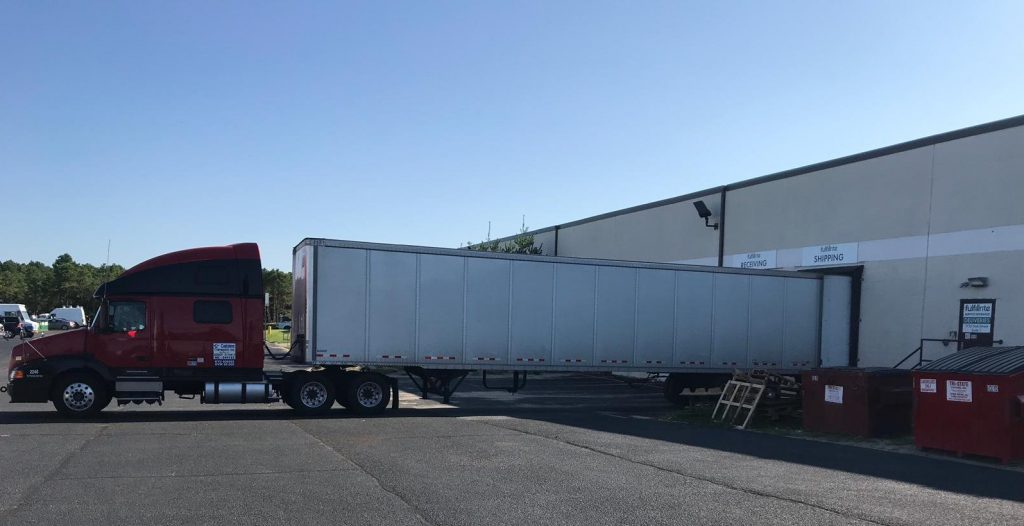
Our responsibility begins when a truck arrives at our receiving warehouse. Everything related to the transit of goods from the manufacturer to Fulfillrite’s location falls under the bailiwick of freight forwarding. We do not handle freight forwarding ourselves, but many of our industry partners do.
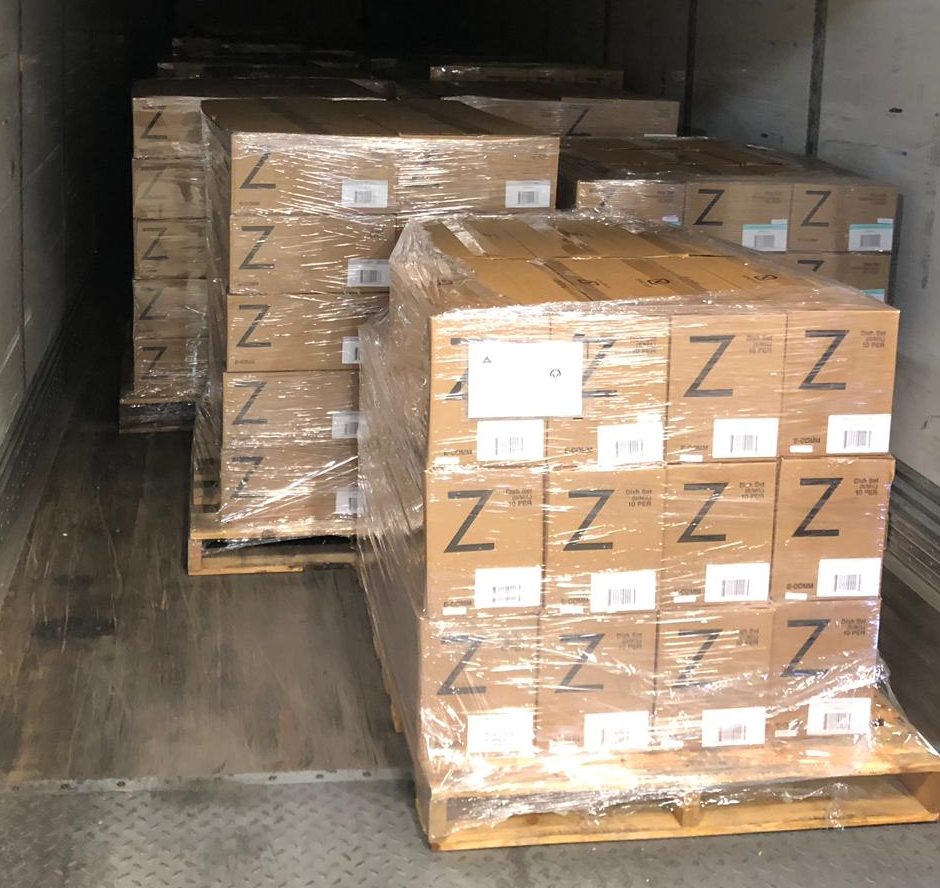
The driver lifts up the door to the truck and our work begins. Above, you can see pallets full of Zip Top® Reusable Containers. For small amounts of inventory, we can roll the boxes down conveyor belts. We can even lift the boxes ourselves and carry them in. For large amounts of inventory like what you see above, we use forklifts to lift entire pallets.
Quality Assurance, Storage, and Fulfillment
Naturally, we can’t simply leave pallets and boxes in the middle of the floor. We have to finish the receiving process. A lot goes into this.
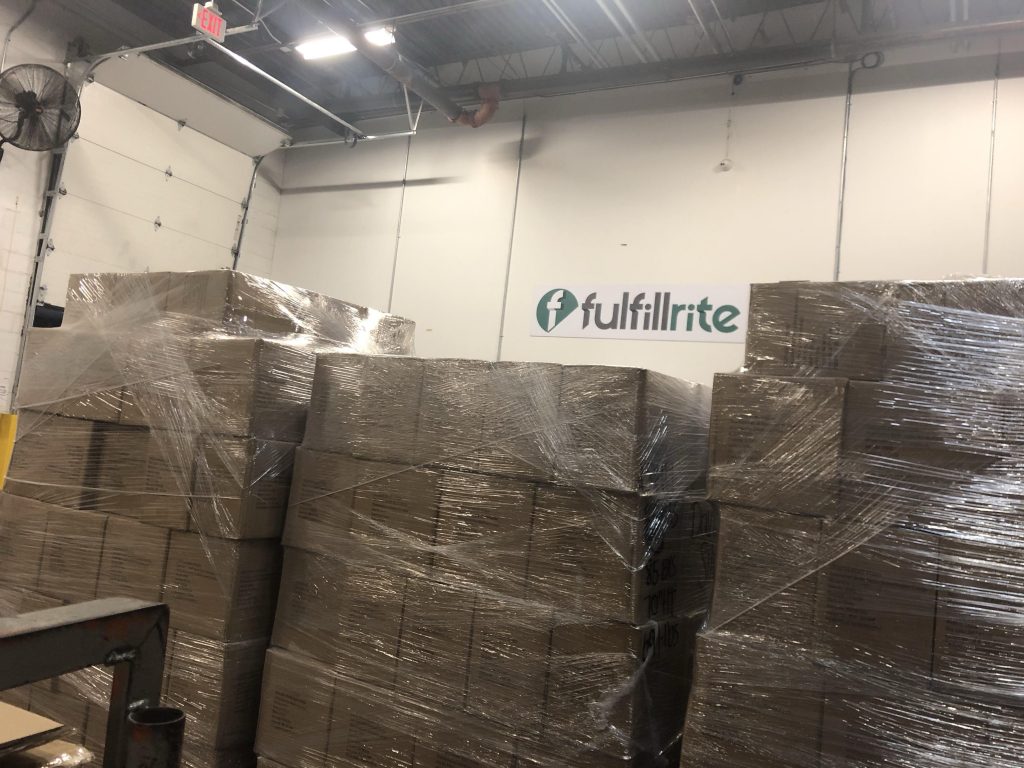
The first thing we do when we receive large shipments is take a moment to appreciate being indoors. Close as we may be to airports and seaports, New Jersey has hot summers and cold winters!
After we do that, though, we start counting inventory. Whether inventory is counted by pallet or box, we make sure that what we receive matches up with the ASN form we receive from the owner of the shipment. If there’s a mismatch, we contact them and figure out the appropriate next steps from there.
Need help fulfilling orders for your business?
Request your quote today.
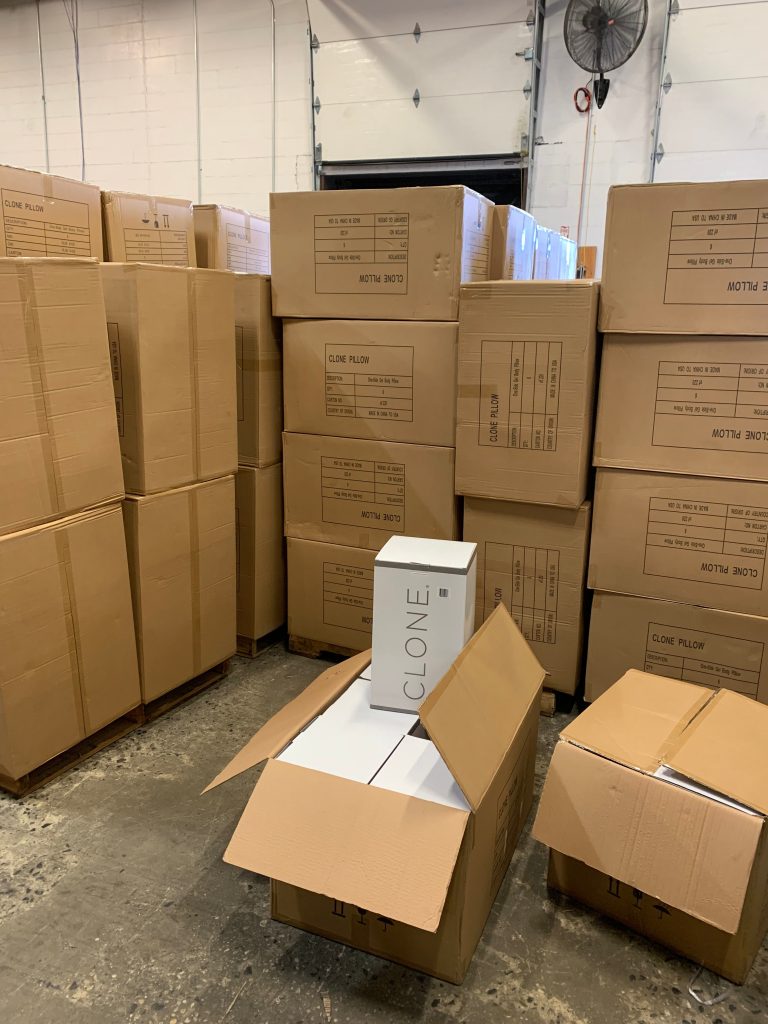
As we had previously started, large quantities of shipments can be counted as pallets. Smaller quantities can be counted as boxes. The Clone Pillow boxes pictured above are a good example. We counted every single box to make sure they all arrived!
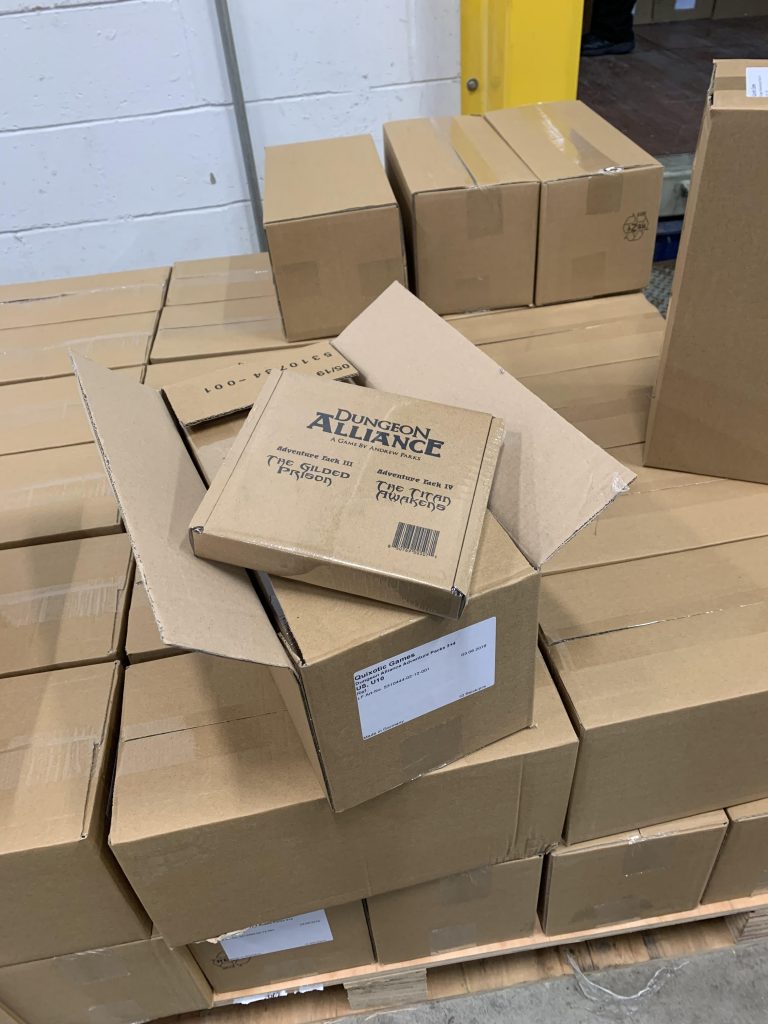
Next, we do some basic product inspection. We make sure the packages arrive intact, like with Dungeon Alliance, pictured above.
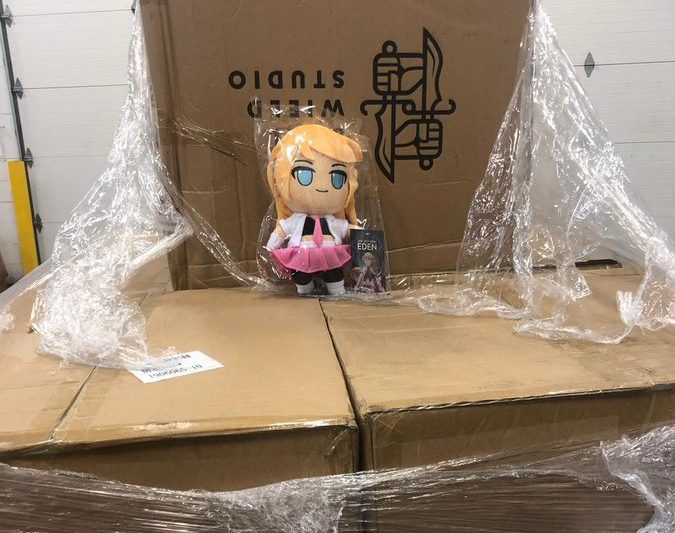
If needed, we can even open individual packages to inspect them. One example is this plushie we’ve photographed from One Step from Eden, shown above. One of David Silva’s dinosaurs from Beasts of the Mesozoic, shown below, is another good example.
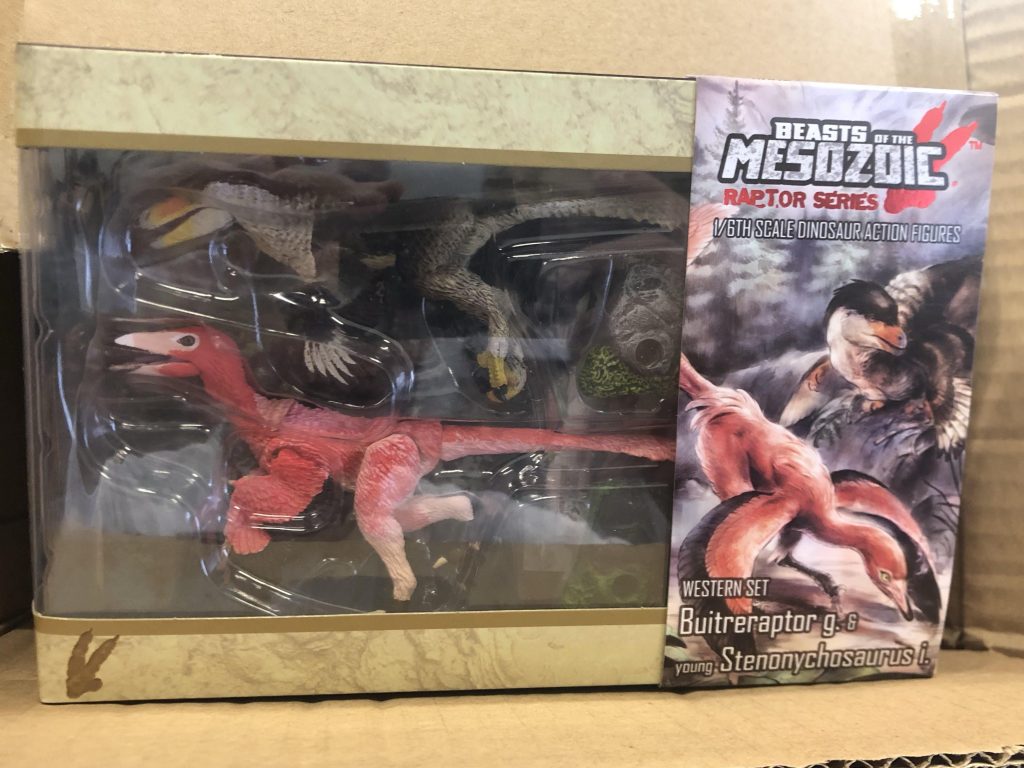
Once we inspect the inventory, it is time to store it for future sales. We find an available place in the warehouse and we then stack boxes and move pallets there. We make a note of where the inventory is located, and when it’s time to fulfill orders, we know exactly where to look. That way, we can send out orders in a timely manner!
Often times, there is a big rush of orders that need to be fulfilled as soon as inventory is received. In cases like that, we start preparing orders as soon as we a) confirm the inventory is in good shape and b) fill out required documentation and update client data. There is no reason to take the goods all the way to the back of the warehouse and then take individual units over to the packing tables, one by one.
Documentation & Syncing Data
After all the inventory arrives, we have a little bit of housekeeping to do. We must complete any documentation required by the carrier or the client to signify that we have received the goods.
After that, we update the Client Dashboard so our clients can see their current inventory levels. That way, the client can see their inventory levels when we receive goods as well as when we start shipping them. They can even track the location of shipments sent out from freshly received inventory!
Final Thoughts
Warehousing receiving is a vital part of order fulfillment. It’s also the most photogenic part of the process, too!
Before even a single order can be shipped, we have to process large shipments of orders. We have to carry every item in, make sure everything is in good shape, and update the data. After doing all this, we can pack and send individual items to customers on behalf of our clients 🙂
Need help fulfilling orders for your business?
Request your quote today.
You’ve done everything by the book. Your Kickstarter campaign is almost ready to launch.
You made a great product. Built an audience. Set up a campaign page.
But how do you ship it?
We put this checklist together to help you get started. It's free.

